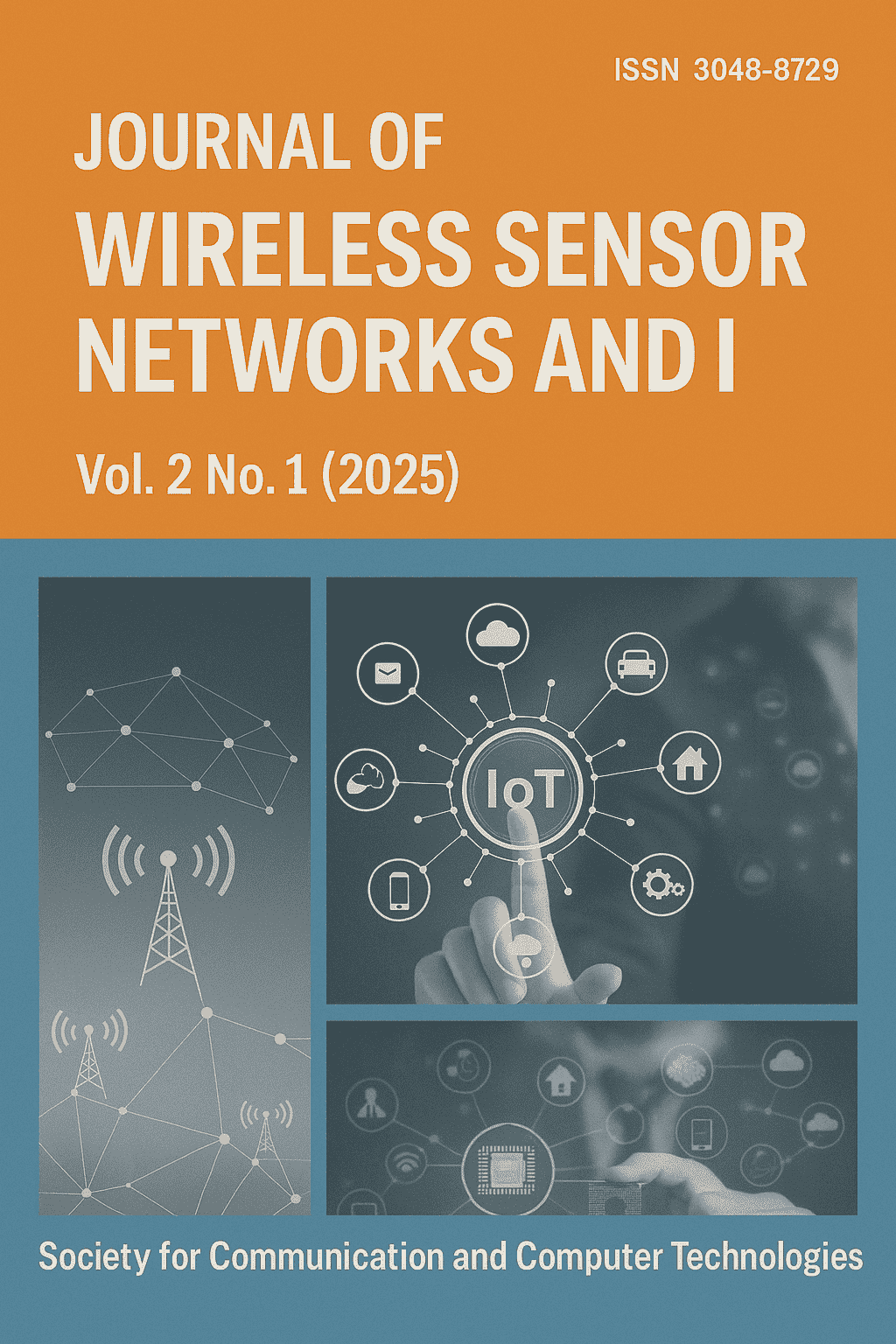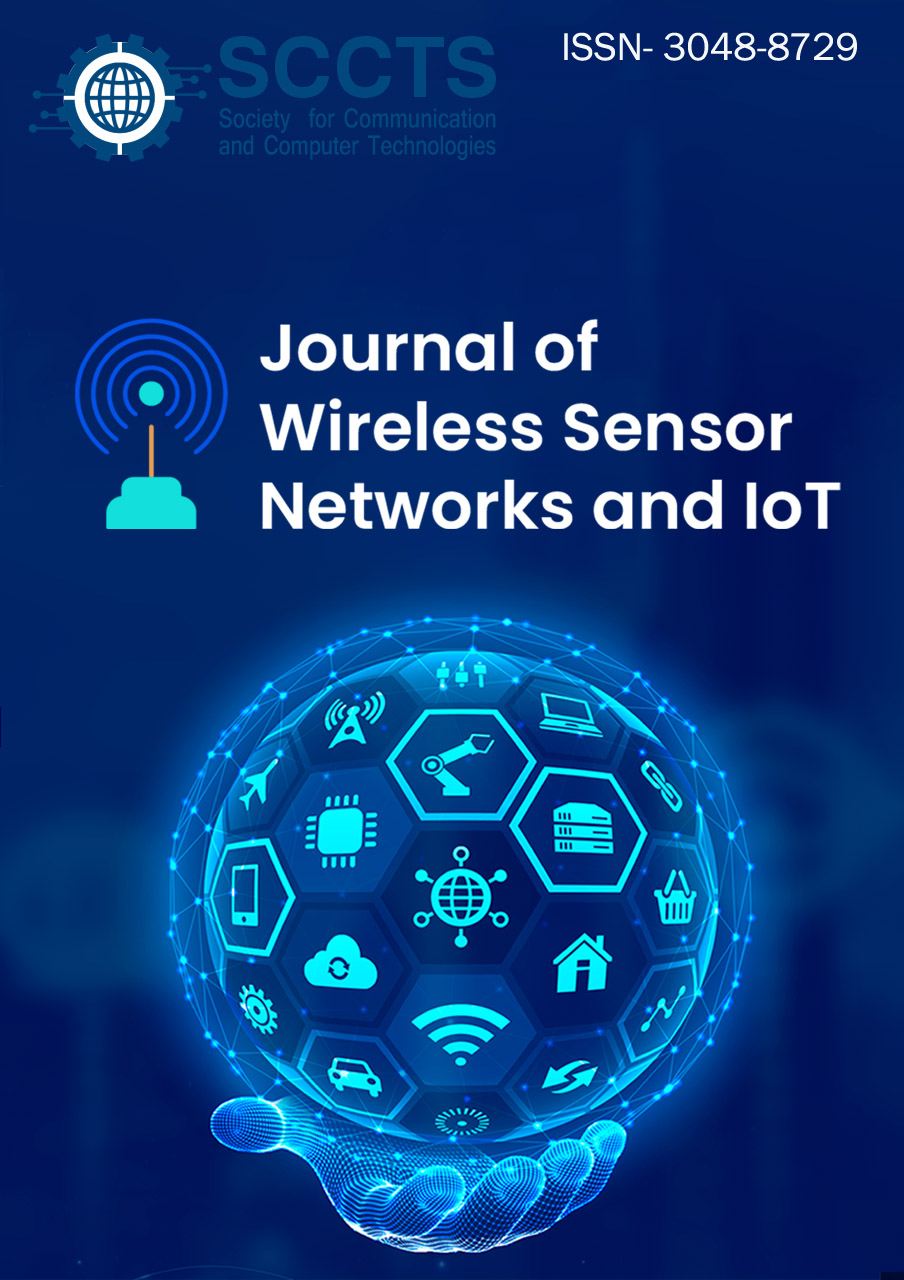Designing Scalable IoT Architectures for Smart Cities: Challenges and Solutions
DOI:
https://doi.org/10.31838/WSNIOT/02.01.05Keywords:
Data Privacy;, Dynamic Power Management;, Distributed IoT Systems;, Smart Agriculture Solutions;, Industrial AutomationAbstract
Weather the Internet of Things has come to watch. Urban landscapes
are advancing towards smarter, more efficient cities. In light of this, it is
paramount for Robust Refurbishment, Scalable IoT architectures as more
and more municipalities lean into such digital transformation all across the
world. This guide gives a complete overview of what it takes to create an
IoT framework that can respond to the on the go requirements of a smart
city – the challenges, that need to be addressed, presented with possible
innovative solutions. In recent years, the promise of enhanced quality of
life and optimized resource management, plus better urban services, have
resulted in the concept of smart cities gaining much momentum. The heart
of this transformation is the Internet of Things, a wide network of connected
devices and sensors that bring data together in real time. But as cities increase
in size and technology becomes more complex, IoT systems exponentially
more complex, creating architectures that are deployable at scale. In this
article we examine IoT architectures for smart cities, and the layers of
this architecture that underpin smart city systems. Each component makes
their purpose in an efficient urban ecosystem starting from the application
layer, where insights are transformed into actionable intelligence, and then
the device layer where sensors and actuators collect critical data. What
challenges arise when you scale these architectures to handle millions of
devices and petabytes of data, and what cutting edge solutions have been
developed to overcome these challenges will be discussed.






